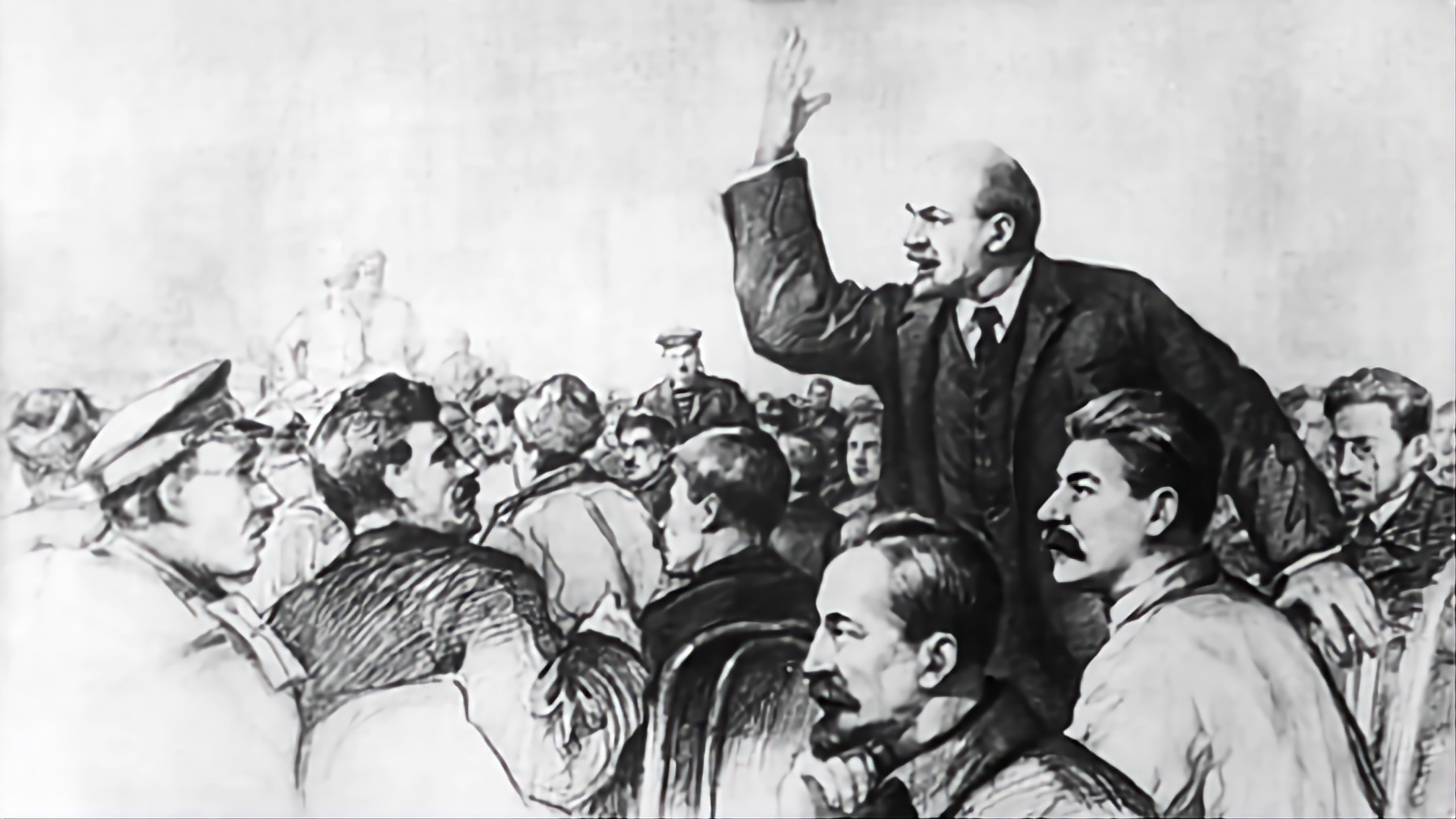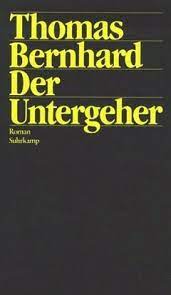cross-posted from: https://thelemmy.club/post/12591808
- Jared Bernstein, Joe Biden’s Chief Economist, faced difficulties explaining money’s workings in a documentary or Finding The Money,’ despite his role.
- He stumbled through concepts, highlighting the confusion around government money printing and borrowing
- Bernstein, who is head of the US Council of Economic Advisers, is not formally trained in economics and appeared bewildered in the clip
A radicalising moment for many people, including myself, is realising that the adults in the room are just as stupid and clueless as the rest of us and in many cases they’re being made even dumber than that by their own internal turf wars.
deleted by creator
https://en.wikipedia.org/wiki/Modern_monetary_theory
MMT is also strongly opposed by members of the Austrian school of economics

Seems really easy to understand and describes how money works in the US perfectly. Rich people
have a monopoly on moneyare currency kulaks. The government restricts the supply and refuses to seize it from the rich and redistribute it. Things get worse. Repeat.deleted by creator
…the State Bank of the USSR took over the role of commercial lending and printed as much money as needed for rapid industrialization. You can read reports from Western journalists of how they were surprised how fast the USSR could develop in such a short period of time.
I’m fascinated and uneducated. Can you break down for me how this didn’t lead to massive inflation?
deleted by creator
Thanks for taking the time to write that up

Can you explain the bit about “billionaires have a monopoly on money?”
I have a big wet baby brain
Modern monetary theory is a heterodox macroeconomic theory that describes currency as a public monopoly and unemployment as evidence that a currency monopolist is overly restricting the supply of the financial assets needed to pay taxes and satisfy savings desires.
In the wikipedia description they’re saying the government is the currency monopolist (as in they are the sole suppliers of currency). Thinking about it more, billionaires are more like money kulaks that hoard it and instead of the government redacting them and redistributing the currency, they encourage it and are heavily controlled by the billionaire class to keep everything concentrating upwards.
money kulaks
oh that’s honestly insightful
‘Language and concepts can be unnecessarily confusing,’ he surmised.
Then at the end he says “I don’t see what’s confusing about it”

The meritocracy in action folks
Economics is easy:
When rich people want money the money printer goes brrr
When poor people need money the money printer is broken and you need to get used to worse standards of living so we can fix it
So uh…definitely we all know the correct answer right comrades?

Yes - Bernstein stumbled into a contradiction of central banking.
The fed lends money to control some inflation levers (interest rates) as well as support the political economy of banking (allow financial firms to profit from the margin between fed rates and consumer rates). Lending money as opposed to just giving people money also facilitates, in theory, prioritisation of investments that will produce a greater rate of return.
Alternatively the US could dispense with bankers and centrally plan investment (in a much greater capacity - obviously things like the CHIPS Act are central planning to a degree).
I’m too lazy to watch the video for the context, but how money works is that it is exchanged for goods and services

Even if you don’t, the capitalists insist they know more than you because they took economics 101 in high school. They should be able to explain their system whether you understand it or not.
After looking it up, it sounds like the cash part is pretty much economy-neutral. Banks essentially buy cash. If they have $100,000 and an empty ATM, they can turn that into $90,000 and an ATM with $10,000 in it. The actual thumb-on-the-scale-of-the-economy doesn’t happen there, and it wouldn’t make sense to have it happen there – banks would beg everyone to empty out the ATMs so they could refill them with fresh hondos.
Marx defines money in chapter 3 of capital. Here’s an excerpt, better to read the whole thing.
These historical causes convert the separation of the money-name from the weight-name into an established habit with the community. Since the standard of money is on the one hand purely conventional, and must on the other hand find general acceptance, it is in the end regulated by law. A given weight of one of the precious metals, an ounce of gold, for instance, becomes officially divided into aliquot parts, with legally bestowed names, such as pound, dollar, &c. These aliquot parts, which thenceforth serve as units of money, are then subdivided into other aliquot parts with legal names, such as shilling, penny, &c. [10] But, both before and after these divisions are made, a definite weight of metal is the standard of metallic money. The sole alteration consists in the subdivision and denomination.
The prices, or quantities of gold, into which the values of commodities are ideally changed, are therefore now expressed in the names of coins, or in the legally valid names of the subdivisions of the gold standard. Hence, instead of saying: A quarter of wheat is worth an ounce of gold; we say, it is worth £3 17s. 10 1/2d. In this way commodities express by their prices how much they are worth, and money serves as money of account whenever it is a question of fixing the value of an article in its money-form. [11]
https://www.marxists.org/archive/marx/works/1867-c1/ch03.htm
Most honest economist
Maybe he was tired and hungry and having a bad day. Wow you people are so quick to judge.
Inflation is governed by the supply of money. Monetary Policy controls how much money is in circulation and managed by the central bank. Fiscal Policy controls selling bonds to the public to make up for finance budget deficits without increasing inflation, and is managed by the government.
So the government borrows (e.g. sells bonds to the public) to raise money without increasing inflation.
This is one reason for it, but there are other potential causes - for example, supply shocks in critical goods can lead to what’s called a wage-price spiral where workers demand more pay in response to rising prices, which increases demand because they have more money to spend, causing sellers to raise prices in response.
There has never been a real world example of a wage price spiral tho. It’s a boogeyman invented by bougie economists to keep the working class in line (accepting of low wages)
https://thenextrecession.wordpress.com/2022/11/20/the-wage-price-spiral-refuted/
100%, it can get even crazier too, if people think there is inflation then it causes inflation. Macro-economics isn’t real and its 80% in peoples heads, 20% material conditions.
"See Brandon is a gommulist SeeSeePee agent because his chief economist doesn’t understand eglonomics
 "
"this is an always sunny bit https://www.youtube.com/watch?v=YAKOWcs8w54
I found a YouTube link in your comment. Here are links to the same video on alternative frontends that protect your privacy:
It’s deleted; got an archive link?
and various other expense items of the welfare state
We get welfare?

I found a YouTube link in your comment. Here are links to the same video on alternative frontends that protect your privacy:
what, as if he’d be more trustworthy and competent if he was able to eloquently rattle off the boilerplate mystifications of the neoliberal clerisy? it’s telling that the fascists at the Daily Mail framed this as him being stupid and uncredentialed without acknowledging the content of the question which no government economist would be able to adequately answer. They don’t even mention MMT, an acronym which Bernstein almost lets slip. Check the comments if you want to see what kind of droolers fall for this narrativization.


















